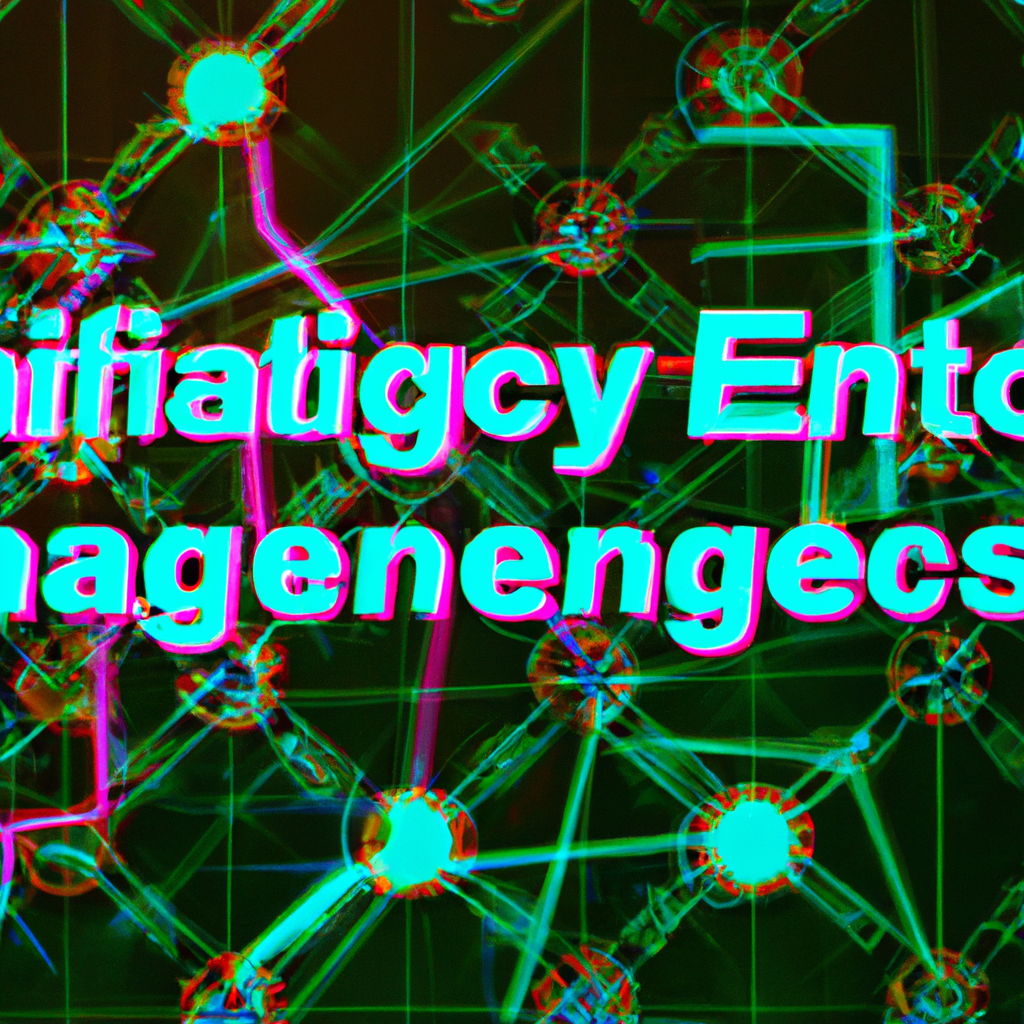Investigating the Efficiency of Graph Algorithms in Social Network Analysis
Table of Contents
Investigating the Efficiency of Graph Algorithms in Social Network Analysis
# Introduction:
Social network analysis (SNA) has gained significant attention in recent years due to the rapid growth of online social platforms. These platforms generate massive amounts of data, making it crucial to develop efficient graph algorithms for analyzing and understanding social networks. Graph algorithms play a fundamental role in SNA, enabling researchers to extract valuable insights from the complex connections and interactions within social networks. In this article, we will delve into the efficiency of graph algorithms in social network analysis, exploring both the new trends and the classics in computation and algorithms.
# Efficiency Metrics in Graph Algorithms:
Before diving into specific graph algorithms, it is important to establish the metrics used to evaluate their efficiency. The two primary metrics for measuring efficiency in graph algorithms are time complexity and space complexity. Time complexity refers to the amount of time required to execute an algorithm as a function of the input size. It is often represented using Big O notation, providing an upper bound on the algorithm’s running time. Space complexity, on the other hand, quantifies the amount of memory required by an algorithm to solve a problem. By analyzing these two metrics, we can compare the efficiency of different graph algorithms and select the most suitable ones for social network analysis.
# Classical Graph Algorithms:
Several classical graph algorithms have proven to be efficient in various social network analysis tasks. One such algorithm is Breadth-First Search (BFS), which explores all the vertices of a graph in breadth-first order. BFS has a time complexity of O(V + E), where V represents the number of vertices and E denotes the number of edges in the graph. BFS is commonly used to determine the shortest path between two nodes, identify connected components, and detect cycles in social networks.
Another classic graph algorithm is Depth-First Search (DFS), which explores as far as possible along each branch before backtracking. DFS has a time complexity of O(V + E) and is often used to compute topological orderings, find strongly connected components, and traverse the social network efficiently.
Dijkstra’s algorithm is yet another classical graph algorithm that finds the shortest path between two nodes in a weighted graph. With a time complexity of O((V + E) log V) using a priority queue, Dijkstra’s algorithm is widely used in social network analysis to determine influential individuals, identify central nodes, and assess the importance of connections.
# New Trends in Graph Algorithms:
While classical graph algorithms remain foundational in social network analysis, recent research has led to the development of innovative algorithms that enhance efficiency in specific SNA tasks.
One such trend is the use of community detection algorithms to identify cohesive groups within a social network. Community detection algorithms, such as the Louvain method and the Infomap algorithm, aim to partition the network into communities or clusters based on the connectivity patterns. These algorithms often leverage heuristics and optimization techniques to improve efficiency and scalability.
Another emerging trend is the utilization of graph embeddings for various SNA tasks. Graph embeddings aim to represent nodes in a low-dimensional vector space, preserving the structural properties of the network. This enables efficient and scalable analysis of large-scale social networks. Popular graph embedding techniques include node2vec, DeepWalk, and GraphSAGE.
# Efficiency Challenges and Future Directions:
While significant progress has been made in developing efficient graph algorithms for social network analysis, several challenges still exist. The increasing scale and complexity of social networks demand algorithms that can handle big data efficiently. Additionally, the dynamic nature of social networks requires algorithms that can adapt and update in real-time.
Future research directions in graph algorithms for SNA include the integration of machine learning techniques for enhanced efficiency and accuracy. Combining graph algorithms with machine learning models can provide more insightful predictions and recommendations in social network analysis tasks such as link prediction, influence maximization, and recommendation systems.
# Conclusion:
Efficiency is a crucial aspect of graph algorithms in social network analysis, enabling researchers to analyze large-scale social networks and extract valuable insights. Classical graph algorithms like BFS, DFS, and Dijkstra’s algorithm have proven their efficiency in various SNA tasks. However, new trends such as community detection algorithms and graph embeddings offer innovative approaches to address scalability and complexity challenges. Future research should focus on developing algorithms that can handle big data and adapt to the dynamic nature of social networks. By investigating and improving the efficiency of graph algorithms, we can unlock the full potential of social network analysis and gain deeper insights into human interactions and behaviors.
# Conclusion
That its folks! Thank you for following up until here, and if you have any question or just want to chat, send me a message on GitHub of this project or an email. Am I doing it right?
https://github.com/lbenicio.github.io

